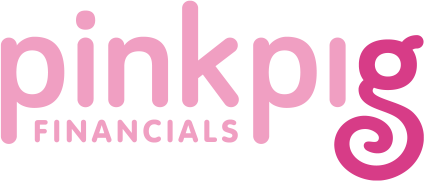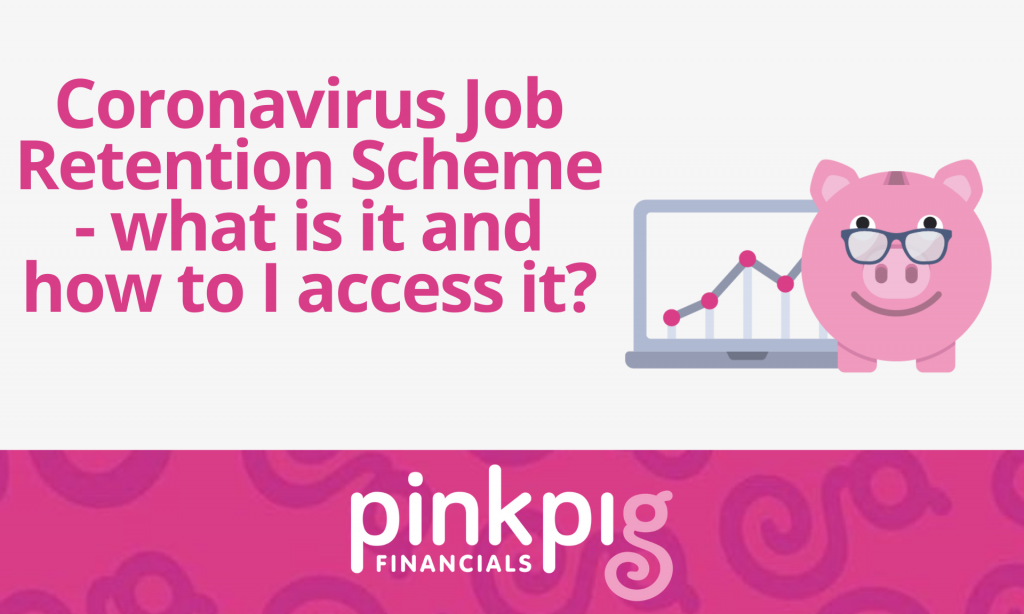*Furlough support has now been extended with the announcement of the second national lockdown – check out our blog on details of the support extension*
What is the Coronavirus Job Retention Scheme?
Every employer with a PAYE scheme set up on 19th March 2020 will be able to access a grant to cover a percentage of your employees gross wages costs, plus employers national insurance and statutory employers pension contributions. This scheme will run until 31st October 2020.
Who is included?
This is for every employee on payroll submitted to HMRC on or before 19th March 2020 (Unfortunately this means any new employees between your last payroll submission and the 19th March and anyone added since this date are not included).
Employees include: full time, part time, agency contracts, employees on flexible or zero-hour contracts
How does it work?
Employees will need to be designated as furloughed and not carry out ANY work for their employer. This is classed as a variation of contract, and will need to be agreed with the employee. We’ve put together a Furlough Leave Agreement Template you can use to agree this with your employees.
The usual tax, NI and pension deductions apply to the percentage of gross salary. Employers can top the wages up to 100%, but it is not compulsory – it is at the employers discretion. If you top up initially you do not need to continue in further months.
Employees need to be furloughed for a minimum of 3 weeks, but can have multiple leave periods of a minimum of 3 weeks each – ie they can be on furlough for 3 weeks, work for 1 week, then go back on furlough for a further 3 weeks or longer.
How much can you claim?
For the months of March to July 2020 the employer can claim 80% of the employees gross wages, up to a cap of £2,500, plus employers NI and statutory employer pension contributions.
For August the employer can claim 80% of the gross wage, up to a cap of £2,500, but no employer NI or pension contributions.
For September the employer can claim 70% of the gross wage, up to a cap of £2,190, no employer NI or pension contributions.
And for October the employer can claim 60% of the gross wage, up to a cap of £1,875, and again no employer NI or pension contributions.
What about directors?
If you have 2 or more directors you can keep one working and furlough the rest, but they cannot do any work whilst furloughed.
The director furloughed will receive the percentage of their salary based on February’s RTI submission, which is usually around £1041 or £719 per month depending on your specific payroll set up.
Sole directors can furlough themselves and only carry out statutory work, however this essentially means shutting up shop for the foreseeable, so we’d only recommend this in a few circumstances, as for most it will be more beneficial to keep your business going one way or another – check out our marketing teams advice on how to do this.
But I’ve already made employees redundant, can they be helped?
Employees made redundant since 28th Feb can be taken back on and added to this scheme from 1st March.
How does this affect those on statutory leave – like maternity?
Normal statutory maternity pay (SMP) and other statutory payments continue as normal. When statutory leave ends the employee can be brought back to work and put straight on furlough leave.
What about employees who are off sick or shielding?
Employees on sick leave or self isolating will be on SSP, and then can be furloughed after – check out our Coronavirus Statutory Sick Pay Rebate Scheme factsheet for more information.
Employees who are shielding can be put on furlough for the full 12 weeks.
What about employees who have their children at home?
If your employee has their children at home and therefore cannot also work from home can also be put on furlough leave.
Can my employee go and work elsewhere, or continue their second job while on furlough leave?
Employees who have more than one job can be placed on furlough for one and still continue with the other. There is also nothing to say they can’t go and work elsewhere, ie the supermarket/delivery job – unless this is forbidden in your usual contract of employment.
How do I work out what my employee gets paid?
For salaried employees it will be based on their usual monthly gross, as per the February payroll submission.
Zero hour and varied paid employees will be paid the higher of either the same month’s earnings last year (ie March 2019 for March 2020) or an average of monthly earnings for 19/20 tax year.
Fees, commission and bonus’ are not included.
Those on minimum wage can be paid the 80% if this takes them below NMW for their usual hours.
How will flexible furlough from 1st July work?
From the 1st July the scheme will change to allow employees to come back to work part time. The employee will need to be paid 100% for the hours worked by the employer, but for the remaining hours they will still be classed as furloughed and claim the grant at the relevant percentage.
The scheme will close to new entrants from 30th June, therefore employees will need to be furloughed from 10th June at the latest to complete the 3 weeks full furlough before being placed on flexible furlough.
Further information on the changes can be found here.
How do I claim the grant?
Payroll needs to be run and submitted as per usual dates, just showing the percentage (or topped up amount if topping up).
Claims will be made on a separate HMRC portal. Claims will be paid out in 6 working days and can be made in advance of a pending pay day, to allow funds to be paid out in time for normal pay day. Employers will have until 31st July to claim for any furlough period to 30th June.
How will HMRC ensure claims are genuine?
The Coronavirus Job Retention Scheme (CJRS) has proved popular with many businesses as a way of reducing payroll costs caused by a restriction in trading conditions. However, there is no doubt that HM Revenue and Customs (HMRC) will, at some stage, seek to challenge the eligibility of employees for whom the grant has been claimed and seek to recover any overpayments together with penalties and interest from the employer.
As part of its post-COVID PAYE audit regime, HMRC is likely to request detailed information regarding the furlough process i.e. selection criteria, decision making and financial aspects (similar to redundancy selection criteria) which should all have been considered at the time the decision was made to claim the grant.
HMRC has already started the ball rolling with the introduction of limited checks to minimise fraud i.e:
the requirement for an employer to have already been authenticated
a four- to six-day payment processing period to allow background checks
checks on employers after a pay-out has been made to verify a claim was real
the introduction of a whistle-blower hot-line to report abuse of the scheme
Faced with a redundancy selection head-ache after 31st May 2020, employers may now be faced with the additional threat of being reported to HMRC by aggrieved employees.
As part of its audit regime, HMRC will be looking to ensure that employees have not continued to work for a “linked employer” whilst being furloughed and the correct reference pay has been used to calculate the grant.
Top 10 Areas for HMRC Investigation
Mobile telephone records – we have already seen such records being used to calculate working time.
Email records – is there evidence to demonstrate e-mail correspondence has taken place during the furlough period.
Employment Contracts – to establish whether any discretionary payments have been included.
All correspondence with furloughed employees and directors together with furlough agreements. This may extend to interviews with employees.
Client Lists – to access information regarding contact points via e-mail.
Payroll records as at 19 March 2020
CJRS claim records
Training records – whether this training has been paid in accordance with NMW Regulations.
Financial Solvency Information – bank accounts, cash forecasts and reconciliations to demonstrate the health of a business prior to the decision to furlough.
Sickness, Maternity and Paternity Records
HMRC – Risk based approach
There is little doubt that HMRC will seek to conduct risk-based audits to recover overpaid CJRS payments and that this role will be handed to the Fraud Investigation Service which will not hesitate to utilise its formal information powers in appropriate circumstances.
Whilst HMRC has suspended a lot of its routine tax enquiries, the approach taken by HMRC post COVID will be robust and underpinned by the need to recover some of the billions of pounds claimed by those businesses which, according to HMRC, have not acted in the “spirit” of the CJRS guidance.
For more information download our Coronavirus Job Retention Scheme factsheet and/or full guidance can be found on Gov.uk

